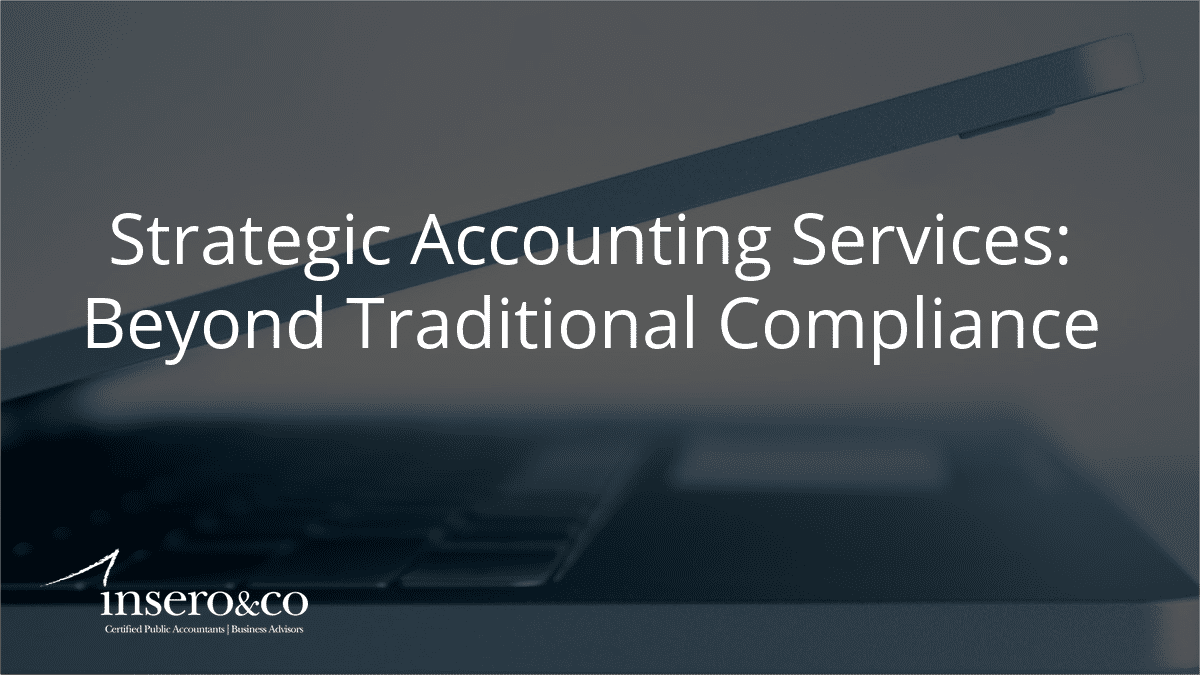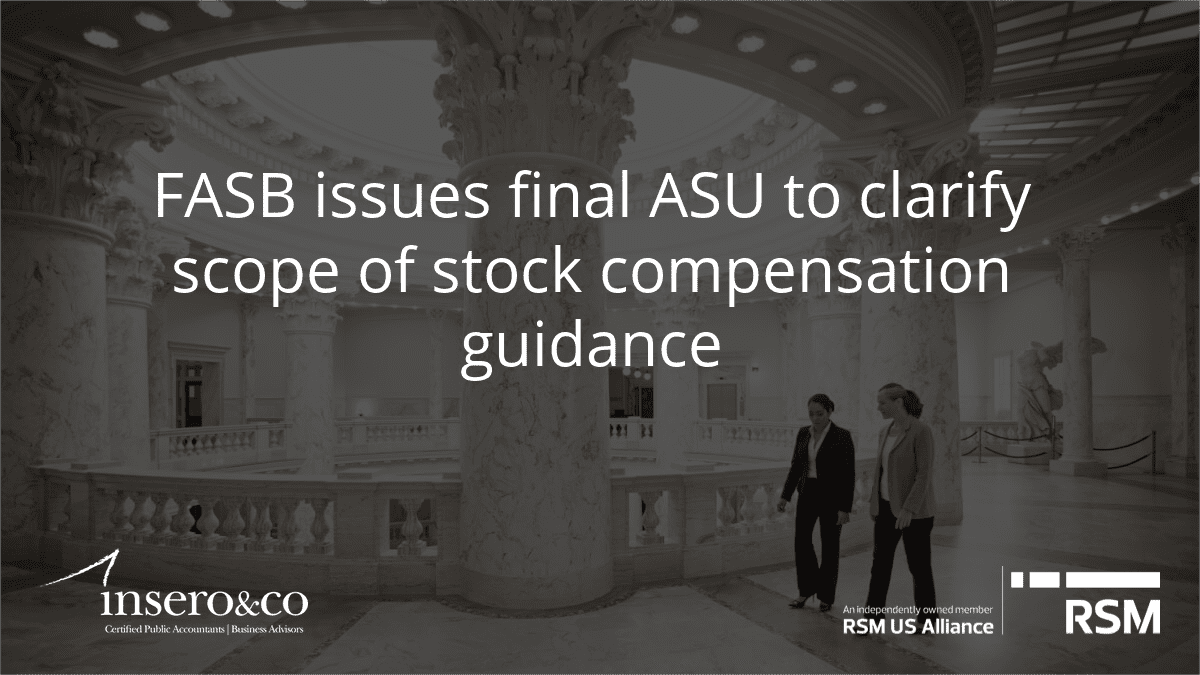The Setting Every Community Up for Retirement Enhancement Act (SECURE Act) became law in December 2019 and makes a number of changes that will affect plan sponsors. Many of these changes are effective immediately or within the next year. Here are some changes that plan sponsors need to know. We have attempted to keep this summary as brief as possible, so if you would like any more detail, please contact our team of Employee Benefit Plan experts here.
Reporting Penalties Related to Form 5500 Will Increase Under the New Tax Code
Applies to: All Plans
The previous IRS penalty for failing to file a required Form 5500 was $25 per day. Under the new tax code, this penalty increases to $250 per day, capped at $150,000 per year. Failure to file Form SSA adds a civil penalty of $10 per day per failure, capped at $50,000 per year. Failure to notify the IRS regarding important plan changes such as plan name or name or address of plan administrator comes with a penalty of $10 per day, capped at $10,000 per failure. Plan sponsors should review their reporting procedures in light of these increased penalties. These penalties will apply to tax returns due after December 31, 2019.
Minimum Required Distribution Age Increases to 72
Applies to: Qualified Plans, including 401(k) and 403(b) Plans
The current age at which retirees must begin drawing on their plan savings is currently 70 ½ . Under the SECURE Act, the new required age will be 72 starting in 2020. For participants who reached age 70 ½ in 2019, plans will still begin distributions by April 1 of 2020, and continue distributions for any participants who reached the required age in a previous year.
New Rules for Part-Time Employees
Applies to: 401(k) Plans Only
For plan years beginning after December 31, 2020, employers will be required to allow employees who work at least 500 hours per year for the last three consecutive years to make elective deferrals. The previous limit was 1,000 hours during a minimum of one year of service. This change will not take in to account any 12-month periods beginning before January 1, 2021, so the earliest a plan sponsor would be required to allow these contributions will be 2024.
QACA Auto Deferral Limit Increases to 15%
Applies to: 401(k) Plans Only
For plan years beginning after December 31, 2019, the automatic enrollment maximum default rate will increase from 10% to 15%. We recommend that plan sponsors begin planning now how to accommodate this change.
Lifetime Income Estimate Disclosures
Applies to: Defined Contribution Plans, including 403(b) Plans
The SECURE Act will require defined contribution plans to provide annual estimates of monthly payments a participant would receive if a qualified joint and survivor annuity or a single life annuity were elected. The DOL is expected to publish a model disclosure, and the plan sponsor’s disclosure requirement will go in to effect 12 months after the DOL publication date.
In-Service Distributions for Childbirth and Adoption
Applies to: Defined Contribution Plans, including 403(b) Plans
Defined Contribution plan sponsors may now amend their plans to allow for distributions of up to $5,000 upon the birth or adoption of a child. Distributions may be made after December 31, 2019 and must be made within one year of the birth or finalization of adoption.
IRS to Issue Guidance on 403(b) Plans
Applies to: 403(b) Plans Only
The SECURE Act has directed the IRS to issue guidance on the termination of 403(b) plans, allowing for distribution of assets in custodial accounts upon plan termination. The act also clarifies that retirement income accounts can cover certain employees of churches or church-controlled organizations.
Additional changes related to the SECURE Act include:
- Rule Changes for Post-Death Distributions
- In-Service Pension Distributions Permitted as Early as 59½
- Nonelective Contribution Safe Harbor Plans Will Have Increased Flexibility
- Access to Plan Loans Through a Credit Card Is Now Prohibited
- Portability of Lifetime Income Annuities That Are Removed as Investment Options
- Consolidated Form 5500 for Unrelated Employer Plans
- Simplified Reporting Permitted for Small Multiple-Employer Plans
- “One Bad Apple” Rule Eliminated for Multiple-Employer Plans
- New Type of Multiple-Employer Plan: Pooled Employer Plan
- Frozen Defined Benefit Plans Receive Automatic Nondiscrimination Relief
- “Cadillac Tax” Repealed (Health & Welfare Plans)
- “Health Insurance Tax” or “HIT” Repealed (Health & Welfare Plans)
If you are interested in more detail or have any questions about these changes, please contact our Employee Benefit Plan team here.
Want to learn more?
Join our Employee Benefit Plan Resources group on LinkedIn for more frequent updates on recent developments and best practices and discuss related topics with your peers.




